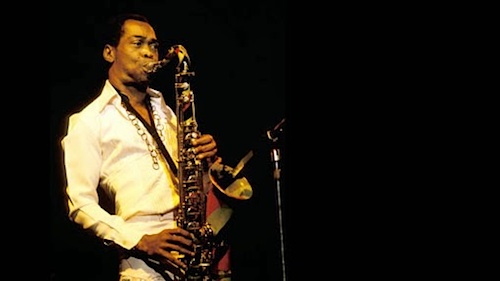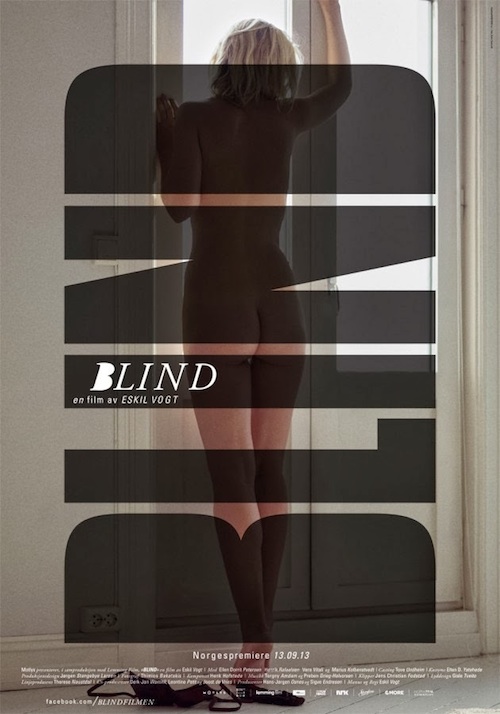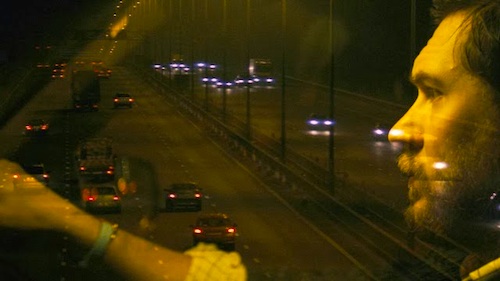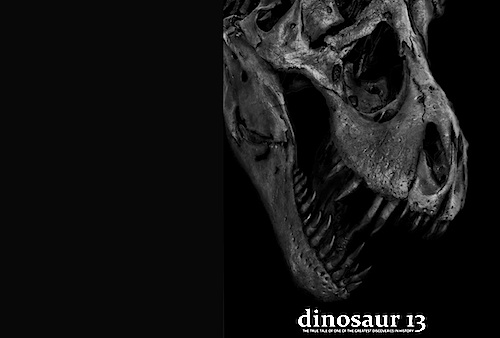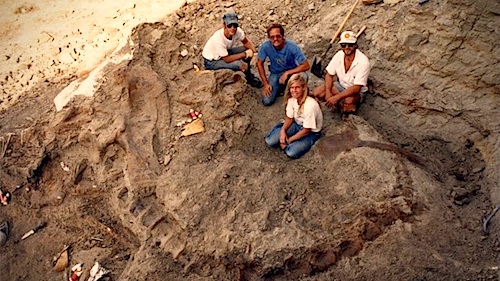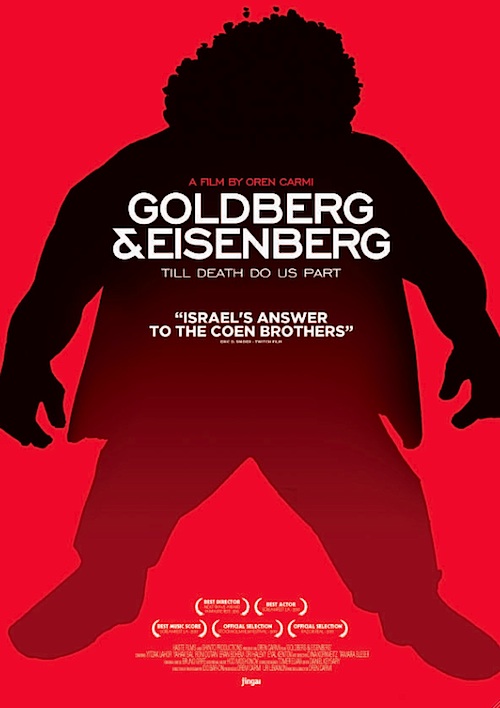 By Joe Bendel. They sound like a law firm or an architectural partnership, but their relationship is far from collegial. It starts with revulsion on the former’s part and obsession for the latter, but quickly goes downhill from there. There will be plenty of stalking and assorted mind games in Oren Carmi’s Goldberg & Eisenberg, which screened last night at the 2014 Slamdance Film Festival in Park City.
By Joe Bendel. They sound like a law firm or an architectural partnership, but their relationship is far from collegial. It starts with revulsion on the former’s part and obsession for the latter, but quickly goes downhill from there. There will be plenty of stalking and assorted mind games in Oren Carmi’s Goldberg & Eisenberg, which screened last night at the 2014 Slamdance Film Festival in Park City.
Tel Aviv is a happening city, but you would hardly know it from these two very different losers. Goldberg is exactly the sort of awkward computer programmer he looks like, who spends all of his free time getting rejected on internet dating services. Eisenberg is just off. The slovenly thug just seems to loiter about Meir Park all day. When he sees Goldberg, he immediately wants to be friends, or perhaps something more.
Goldberg wants none of that. He is definitely straight. He just isn’t very good at it. Unfortunately, rejection only makes Eisenberg more aggressive and erratic. Things will get ugly and the cops will be as useless as all the other cops in previous psycho-stalker movies. Yet, to his credit, Goldberg plugs away in his search for Ms. Right.
Given the not so ambiguous nature of Eisenberg’s interest, it is highly doubtful G&E could be produced in America, lest GLAAD be offended. It is decidedly un-PC, but old school indie scenesters will dig its grungy 1980’s-Lower Eastside vibe. Cinematographer Ido Bar-On gives it a murky, dirty look, befitting the tunnel vision of its characters. Frankly, the first hour or so largely consists of standard cat-and-mouse stuff, but Carmi totally pulls the rug out from under the audience’s feet with an inspired third act. It goes from dark to pitch black, cranking up the macabre irony.
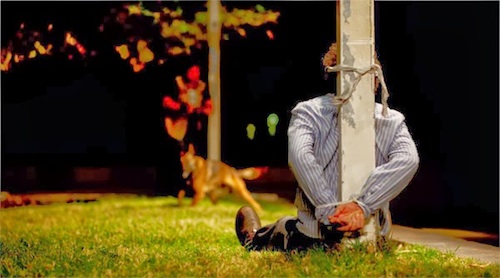
As Goldberg, Yitzhak Laor completely looks and acts the part of a nebbish, low rent Frasier Crane. Likewise, Yahav Gal’s Eisenberg is uncomfortably intense and clammy. They fit their roles perfectly, but you wouldn’t want to spend much time with either of them. On the other hand, the charismatic Ronny Dotan shines in her too brief appearances as Noa, Goldberg’s potential geekly chic girlfriend.
Initially viewers might think they have seen G&E many times before, but it is worth staying with it. While it does not have the same manic energy and sinister edge of Aharon Keshales & Navot Papushado’s Big Bad Wolves or Rabies, Carmi proves he has plenty of filmmaking potential. Indeed, it should be the perfect film to see with an appreciative Park City crowd when it screens again tomorrow (1/21) during this year’s Slamdance.
LFM GRADE: B
Posted on January 20th, 2014 at 9:19pm.

